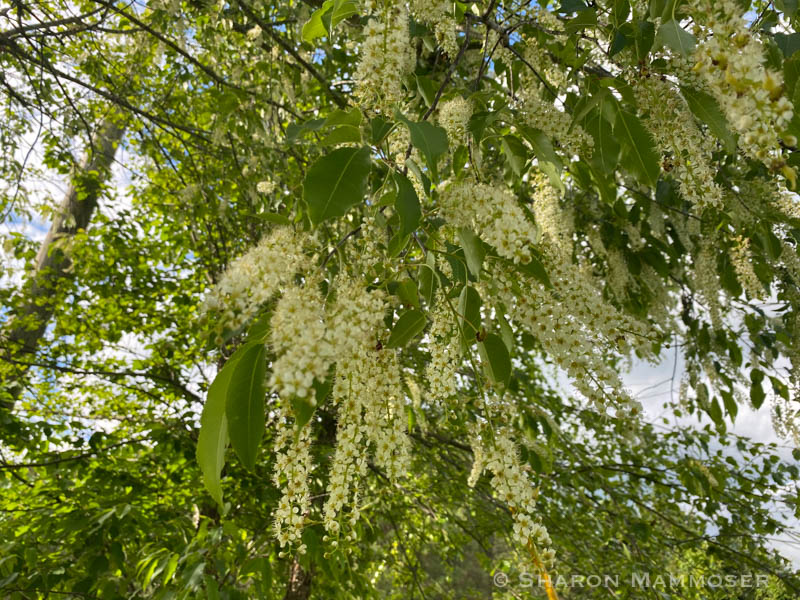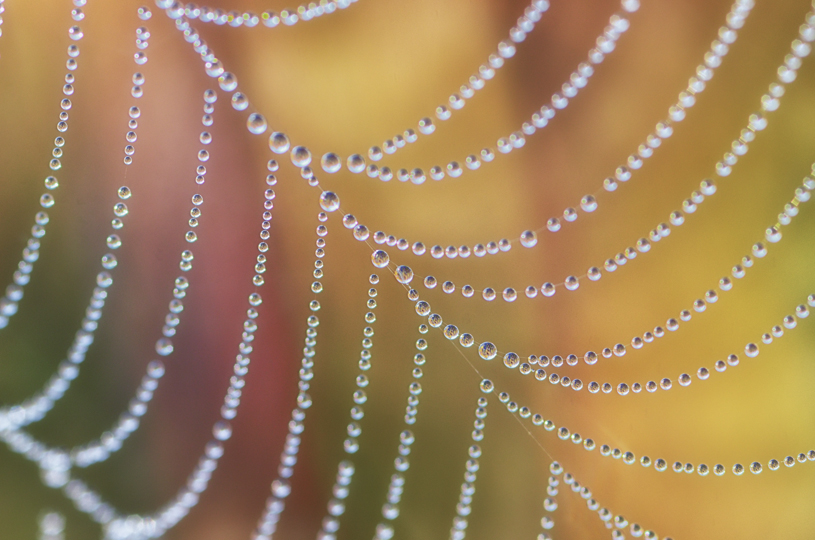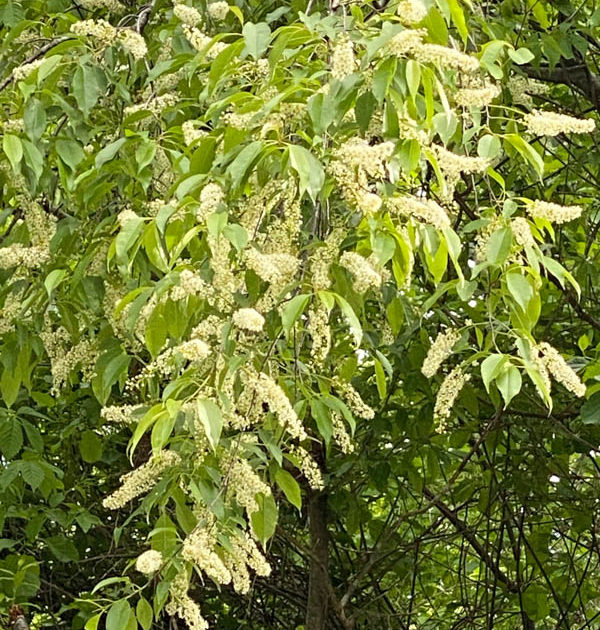The answer to weekly puzzler #248 is Black Cherry, Prunus serotina, also known as Wild Black Cherry, Mountain Black Cherry and Rum Cherry. Its common name comes from the color of its fruit– which is loved by many animals including, squirrels, deer, fox, bear, raccoons, opossum, as well as many birds. It is native to North America and can often be found growing wild along streams and riverbanks, or, as in the case here in western NC, along many highways. In spring when it is blooming it is hard to miss, as its arching branches are jam packed with fragrant white flowers that are usually teeming with bees and other insects. It can grow from 25 feet to 80 feet tall and is fast-growing, able to add 4-6 feet per year with fertilization. There’s a black cherry tree in Great Smoky Mountains National Park that is 134 feet tall with a 70 foot spread. It can live for more than 200 years.


Black Cherry is a host plant for Tiger Swallowtail and Red-Spotted Purple caterpillars as well as some silk moths. It is also a valuable wood for furniture, paneling, veneer, trim and scientific instruments. According to the USDA, “The leaves, twigs, bark, and seeds produce a cyanogenic glycoside. Most livestock poisoning apparently comes from eating wilted leaves, which contain more of the toxin than fresh leaves, but white-tailed deer browse seedlings and saplings without harm. The inner bark, where the glycoside is concentrated, was used historically in the Appalachians as a cough remedy, tonic, and sedative.”
Okay, let’s move from the forest canopy, down to the ground, featuring a small wildflower that is blooming right now in Western NC. Have you seen it in the forest near you?


